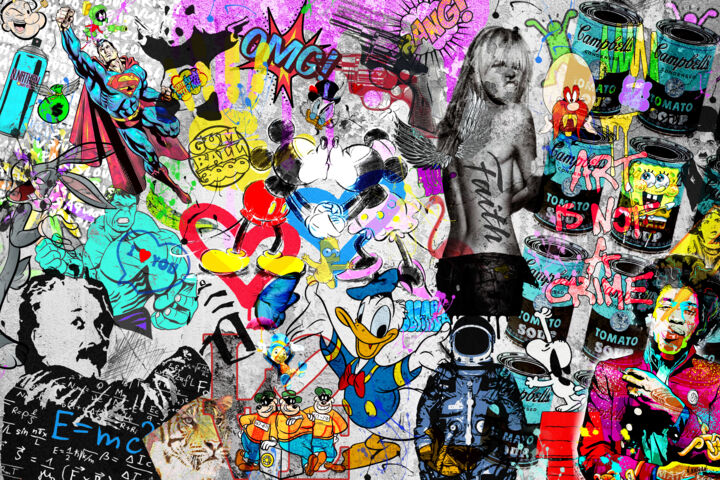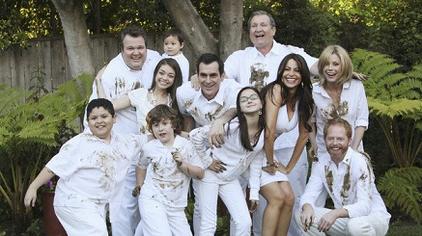
More jobs could be automated as robots get more sophisticated. Even though robots today can automate 25%, programming is still done by humans. Humans will always be needed for unforeseen situations and the ever-increasing capabilities of robots will eventually eliminate some jobs. The following article will discuss the advantages of robots for different applications. In particular, we will discuss general-purpose autonomous and teleoperated robots.
Cost and complexity
There are two types of basic robotic systems. The first uses vacuum grippers and an air supply to pick up items and place them. The latter type does not need an air supply or compressor, but it does require a control system that opens valves, activates servos, and senses the position of objects. These systems are controlled by embedded computers or programmable logic controllers (PLCs).

Applications
Robotics has been used in many industries, including medical research and manufacturing. Humans have invented robots and machines for many purposes over the centuries, including entertainment, religion and industry. Some Greeks made hydraulic statues to hit temples. Others built mechanical robots. The Industrial Revolution was the era that brought us computers. Today, robots can be found in every industry from deep-sea travel to factory automation.
General-purpose autonomous robots
Generally speaking, General-purpose Autonomous Robots (GAARs) are machines that operate independently from human operators. They are typically designed to carry out tasks in open settings without any human supervision. They use sensors to sense their environment and then use decision-making structures for the best course. Roomba vacuum is a great example of GAAR. It uses sensors that allow the vacuum cleaner to roam freely.
Teleoperated robots
Human-robot collaborations in teleoperation are often limited by human factors, such as flexibility, understanding of the task, and a suitable intelligence level. For high-quality tasks, such as those that require accurate environment information, this is not always possible. This problem can be solved by improving the perception abilities of teleoperated robotics. These advances in perception allow teleoperation systems to achieve synchronisation, security, and transparency. Teleoperation systems must be able to overcome these problems while still being in compliance with human abilities.

Dependent robots
A dependent robot can't move its own leg without instructions from its brain, which is unlike a human being. A neuro-robot that can program itself is able to do this. This technology was developed in 1995 and has since been a leading industry standard in prosthetic limbs. In addition, it can be programmed to do many tasks that humans cannot do. We will be discussing the advantages of dependent robots in manufacturing as well as a variety of other applications.
FAQ
What can pop culture teach us about ourselves?
Our society today is more concerned with material goods than everything else. This is especially true of young people. They spend hours every day looking at screens. They watch movies, play video games, and surf the web. They are distracted from their schoolwork by all of these distractions. As a result, they end up failing classes.
We live in a world where everyone wants to fit in. That means being popular. Popularity depends on having money, clothes, and other possessions. This leads some people to do things that aren't right.
Technology has made us too dependent. We now have access to all types of information thanks to technology. However, not all information is accurate. False rumors can be found all over the Internet. These rumors spread fast because people share them on social networking sites. It's easy to post something without checking whether it's true.
People have lost their ability to think critically. They trust everything they read online. They believe what they see on TV and in magazines. They stop thinking for their own sake. Instead, they follow others.
Relying on others for information can cause us to lose control of our lives. Pop culture teaches us that we can depend on others. It also makes us lazy. It's true that there is truth out there but we don’t always find it.
Why is pop music so beloved?
Pop music is loved because it is enjoyable! Pop music can make you feel happy and give you a feeling of freedom. Pop music allows people to be free from any limitations and think about only themselves. Pop music is not a distraction from what they think. Pop music is so beloved because of this. People love songs that make them happy. Turn on the radio to hear upbeat music if you're feeling low. You might even find yourself singing along. Pop music has been immensely successful over the years.
How did pop music get started?
It was an accident. The mistake that caused the first song to be written was when someone accidentally knocked a piano over while playing on New Years Eve 1920.
The recording company liked the song and decided to release it single.
This single was the first to be officially recorded.
Pop music has been the most popular form today of musical entertainment.
What examples are there of pop culture?
Pop Culture is the art form of the 21st century. Pop Culture includes all forms of popular entertainment such as music, film, TV and video games, fashion, advertising and comics. This term was created by Neil Postman, author of Amusing Ourselves and Death (1985). Pop is a form of mass communication that employs cheap tricks and formulaic tools to create the illusion of spontaneity or uniqueness.
He noted, however, that many people do not feel true enjoyment due to their conditioned desire to find media experiences that make others feel superior. He also argued that cultural expression has contributed to the decline in critical thinking skills among young adults.
Pop culture is also known as consumerism or popular culture.
What is some pop culture from 2020?
The music industry is changing rapidly, and this year we saw artists such as Billie Eilish, Post Malone, and Travis Scott all reach number 1 on Billboard's Hot 100 chart. This was a remarkable achievement for any artist.
The same is true for streaming platforms. Spotify reported streaming over 10 million hours of audio last year. This is almost five times the amount of content that users were listening too just five years prior!
This has led to a dramatic shift in how media is consumed. These days, people spend more time consuming content than creating it.
Today everyone from toddlers to retirees has access to a device capable of playing back high-quality audio content. This means anyone can record, edit or mix their music and then release it.
To play your favorite song, it doesn't matter if you go to university to study classical instrumentsation. You can download an app, add voice and upload to YouTube.
If you don't feel like making music, why not just watch? There are many channels where you can watch videos of songs.
What are the examples of pop-culture in 2021
Two hijacked airplanes from terrorists crashed into New York City's twin towers on the 11th September 2001. This day would become known as 9/11.
The popular culture influenced by the events of that day continues to be influenced today. We can see many ways the event has influenced lives.
Television shows and movies such 24 are examples. United 93 tells the story behind what happened on the flight to Los Angeles from Boston on September 11. Dexter Filkins' book The Forever War is also included.
All of us can recall where we were at the time that we heard about the attacks. Some people got out from bed to go outside. Others watched the TV or read newspapers.
Pop culture is constantly evolving. It is both a reflection of society, and it can also be a source for inspiration. What will happen to popular culture in the next year? We are not able to predict the future. We know that it will be different from what it was before.
What is popular culture in music?
Popular Music Culture can take many forms.
Popular music culture is defined by its use of certain styles of music (e.g., rock, jazz) and lyrics. It also includes visual media, like television, fashion, advertising and film, that have an impact on the careers of artists and public perception.
It's also how fans interact and support their favorite artists.
The rise of superstars - musicians who have made a name for themselves - is one aspect of popular music culture.
These icons transcend many genres and have become cultural icons. Their popularity has also influenced the development of popular music.
Other elements of popular music culture include:
* The rise recording technology – from acoustic instruments up to electric guitarists and microphones.
* Invention of the record player and radio
* The birth of rock 'n roll.
* The introduction TV and film
* The advent MTV and VH1
* The creation and use of the internet.
Statistics
- According to Kathryn Sorrells (2013, pp. 142-144), there are several ways that we can become informed consumers of popular culture. (socialsci.libretexts.org)
- For example, the term hater meaning someone who strongly undermines or criticizes others, often due to pathetic jealousy, likely emerged from hip hop culture, such as the term playa hateras, used by influential rapper Biggie Smalls as early as 1995. (simplicable.com)
- According to CNBC.com, “more than 70% of the film's revenue came from countries outside the US” (https://www.cnbc.com/2019/01/08/aqua...nal-sales.html, ret. 8/18/19). (socialsci.libretexts.org)
- Recently, the market share across Western Europe has ranged from 60-75% (Hopewell, 2013). (socialsci.libretexts.org)
- [17][18][19]Definition[edit]According to author John Storey, there are various definitions of popular culture. (en.wikipedia.org)
External Links
How To
What is pop culture you can access via media technology
We are all surrounded by popular culture. It's all around you: books, movies and music; television shows, music videos; social networking sites; etc.
Popular culture influences our lives. The things we read in magazines and listen to on the radio influence our daily routines. We watch TV, we play video games, we go shopping, have fun with our friends, and we spend time on the Internet.
Popularity doesn't necessarily mean it's good business.
This is where media technologies come in. They allow us to have access to popular culture and connect with customers.
The media technologies can be used for:
-
Create content about products and services
-
Engage fans with your favorite actors, authors, and musicians
-
Promote brands and businesses
-
Advertising
-
Track consumer trends
If you want to increase brand awareness, attract customers, grow sales and customer loyalty, then you should be familiar with popular culture. You can do this through media technologies.